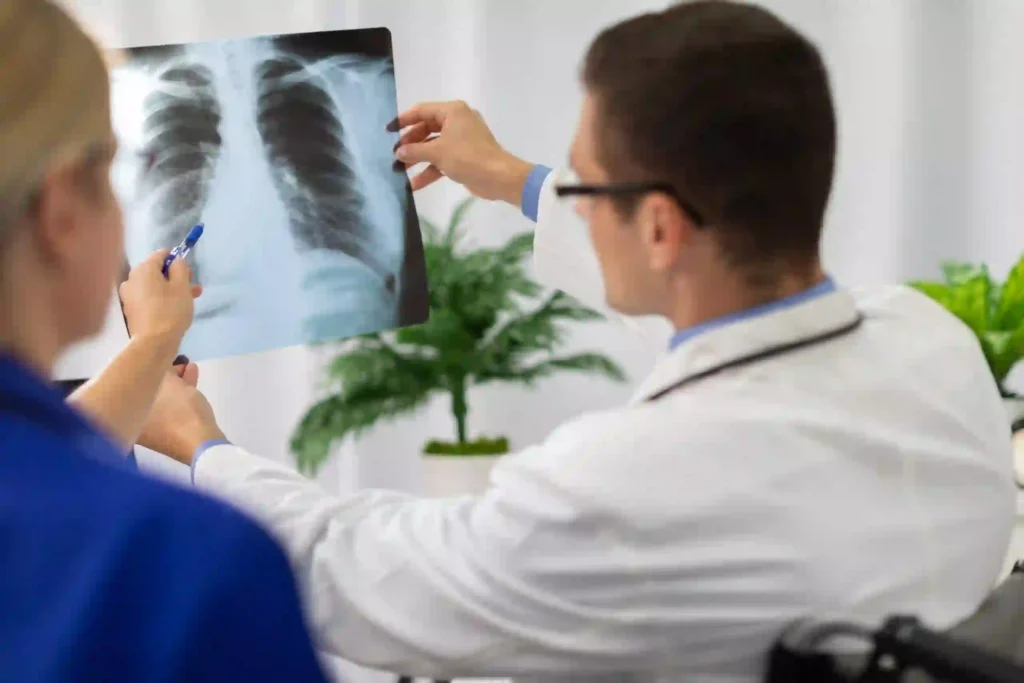You’ve been experiencing shortness of breath or a persistent cough. It doesn’t seem to be improving, and you’ve been referred to a pulmonologist for the first time. It’s natural to feel a little apprehensive, not knowing what to expect. But fret not. We’re here to guide you through what your first visit might look like. And if you’re dealing with uterine fibroids Houston, TX, know that you’re not alone. Various medical journeys can seem daunting, but with the right information, they become manageable.
Initial Consultation
Expect a conversation during your first visit. Your pulmonologist wants to understand your symptoms, your medical history, and any lifestyle factors that may contribute to your respiratory issues. It’s a chance to voice your concerns and ask any questions you may have.
Physical Examination
After the conversation, a physical examination follows. The doctor will listen to your lungs, check your breathing, and examine your skin for signs of oxygen deprivation. This is a crucial step to identify any glaring issues that need immediate attention.
Diagnostic Tests
Depending on your symptoms and the results of the physical examination, the pulmonologist might request further diagnostic tests. These could include a chest X-ray, a lung function test, or even a bronchoscopy. Don’t panic. These tests are standard procedures to help determine the cause of your symptoms.
Discussion of Findings
The pulmonologist will discuss the findings with you. Based on the results, you might be given a diagnosis on the spot, or you might need to return for follow-up tests. The main goal here is to understand the root of the problem and to plan the next steps for your treatment.
Treatment Plan
Finally, a treatment plan is devised. This might involve medication, lifestyle changes, or in some cases, surgery. It’s tailored to your specific needs and is designed to manage your symptoms and improve your quality of life. Remember, the journey to better health is a team effort. You and your pulmonologist are in this together.
So, whether you’re going in for respiratory issues or confronting uterine fibroids, the process is similar. There’s an initial consultation, physical examination, possible diagnostic tests, a discussion of findings, and finally, a treatment plan. It’s a journey, and although it may seem daunting, you are not alone. With the right information and the right medical team, it becomes that much more manageable. Here’s to your health!
